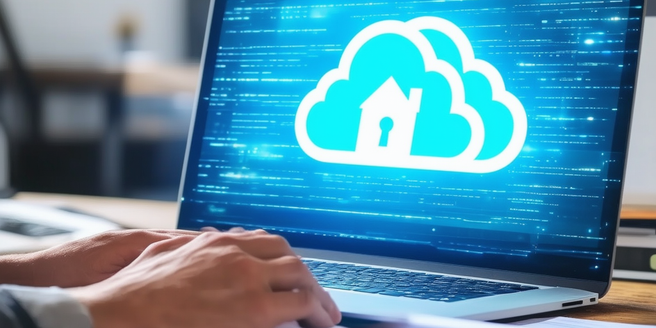
Best Practices for Secure Data Handling
When working remotely, it’s crucial to follow best practices for secure data handling. Always encrypt sensitive data both in transit and at rest. Utilize strong, unique passwords and enable two-factor authentication for all accounts. Regularly update software to address vulnerabilities. Educate employees on recognizing phishing threats and report suspicious activities. Foster a culture of security awareness within your team. Ensure that all devices used for work meet security standards. Encourage the use of antivirus programs to add another layer of protection. Implement access controls so only authorized personnel can access sensitive information. It’s also important to use a virtual private network (VPN) when accessing company resources remotely. Conduct periodic audits to ensure compliance with security policies.
Tools and Software for Remote Data Management
Effective remote data management relies on the right tools and software. Cloud storage services like Google Drive and Dropbox enable seamless document sharing and collaboration. The integration of these platforms into daily workflows can significantly enhance productivity. Regular training sessions can ensure team members are proficient with these tools. Project management tools such as Asana and Trello help track tasks and deadlines. Regular software updates are essential for maintaining security and functionality. It’s crucial to choose tools that are user-friendly and cater to the specific needs of your team. Use secure communication platforms like Slack and Microsoft Teams to ensure efficient team interactions. Backup solutions like Acronis and Backblaze safeguard data against loss. Automate routine tasks with software like Zapier to improve efficiency.
Ensuring Compliance with Data Protection Regulations
Compliance with data protection regulations is essential for any organization. Understand the laws pertinent to your industry, such as GDPR or CCPA. Implement necessary measures to ensure data privacy and security. Regularly train staff on compliance obligations and update them on changes in regulations. It is important to create a culture of compliance within the organization. Appoint a dedicated compliance officer to oversee all data protection initiatives. Stay informed about emerging threats and best practices in data protection. Conduct regular risk assessments to evaluate the effectiveness of your data protection strategies. Maintain thorough documentation of data handling practices. Regularly review and audit your compliance procedures to identify and rectify any lapses. Use compliance management software to streamline these processes.
Effective Strategies for Data Backup and Recovery
Having robust data backup and recovery strategies is critical. Use the 3-2-1 backup rule: three copies of your data, on two different media, with one offsite. Schedule regular backups to ensure up-to-date data copies. Regular monitoring of your backup system can identify potential issues early. Establishing a clear backup policy for your organization is also essential. Regularly update your backup software to benefit from the latest security features. Test your recovery plan periodically to address any shortcomings. Ensure your backup solutions are scalable to accommodate growing data. Utilize automated backup solutions to minimize human error. Store backups in secure, remote locations to protect against physical damage. Ensure quick access to backups to reduce downtime in case of data loss.
Collaboration Techniques for Distributed Teams
Effective collaboration is key for distributed teams. Use project management tools to maintain transparency and track progress. Schedule regular video meetings to stay connected and foster team spirit. These meetings help bridge the gap caused by physical distance and ensure everyone is on the same page. Encourage the use of collaborative documents and spreadsheets, which allow team members to work together in real-time, mitigating the isolation often felt in remote setups.
Implement clear communication protocols to avoid misunderstandings. This includes setting guidelines for email responses, instant messaging, and video calls. Use time-tracking tools to monitor productivity and manage workloads effectively. These tools help in assessing how time is utilized and in identifying any inefficiencies.
Provide training to enhance remote working skills, such as time management, digital literacy, and virtual communication techniques. Additionally, create a shared team space online for informal interactions, like virtual coffee breaks or a social channel where team members can share non-work-related interests and activities. This fosters a sense of community and belonging within the team, making it easier to collaborate effectively despite the physical distance.
